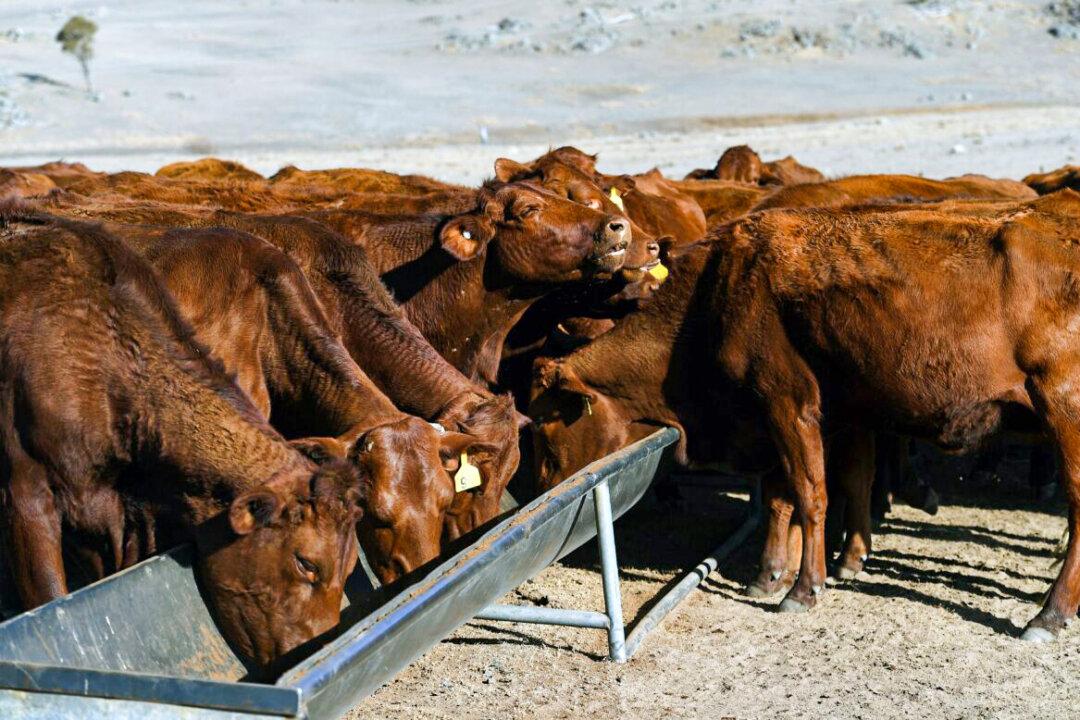A new dung beetle has been introduced into Australia as part of the Dung Beetle Ecosystem Engineer (DBEE) project to control cattle dung for grazing areas in South Australia (SA).
The Gymnopleurus sturmi dung beetle, native to Morrocco, lives in a habitat and climate similar to that of SA’s during its late winter to spring season and was chosen to fill in the gap where most dung beetles are inactive.





